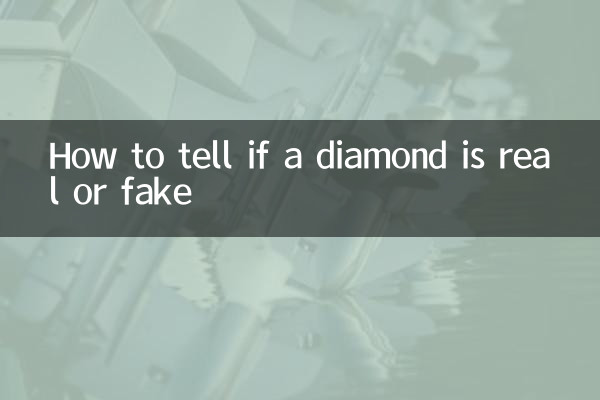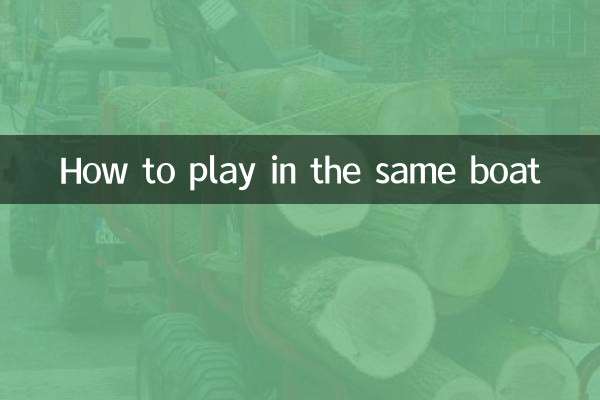How to tell if a diamond is real or fake
In today's society, diamonds are not only a symbol of love, but also a popular choice for investment and collection. However, as the diamond market continues to expand, fake and shoddy products are also emerging one after another. Hot topics and hot content in the past 10 days show that many consumers are deceived due to lack of professional knowledge when purchasing diamonds. This article will provide you with a series of structured methods to help you easily determine whether a diamond is authentic or fake.
1. Visual inspection method

Visual inspection is the most basic identification method. By observing the details of a diamond with the naked eye or a magnifying glass, you can initially determine its authenticity. Here are common visual inspection points:
| Check items | Real diamond characteristics | Fake diamond characteristics |
|---|---|---|
| luster | Intense fire and flash | Dull or unnatural shine |
| Cutting surface | Sharp and symmetrical cutting surface | The cutting surface is rough and asymmetrical |
| inclusions | May have natural inclusions | The inclusions are too regular or have no inclusions |
2. Physical testing method
In addition to visual inspection, a number of physical tests can be performed to further verify the authenticity of a diamond. The following are several common physical testing methods:
| Test method | Real diamond results | fake diamond results |
|---|---|---|
| Water drop test | water droplets remain intact | Water droplets spread or deform |
| Fog test | The fog dissipates quickly | The fog stays for a long time |
| Conductivity test | Not conductive | Some fake diamonds are conductive |
3. Professional instrument testing
For high-value diamonds, it is recommended to use professional instruments for testing. The following are several common professional instruments and their functions:
| Instrument name | Function | Test results |
|---|---|---|
| diamond tester | Check thermal conductivity | Real diamonds have high thermal conductivity |
| UV lamp | Detect fluorescence reaction | Some real diamonds have fluorescence reaction |
| microscope | Observe the internal structure | Real diamonds have natural growth patterns |
4. Certificate Verification Method
When purchasing diamonds, be sure to ask for a certificate from an authoritative agency. The following are world-renowned diamond grading agencies and their certificate characteristics:
| Organization name | Certificate features | Credibility |
|---|---|---|
| GIA | Detailed records of 4C standards | extremely high |
| IGI | Suitable for all types of diamonds | high |
| HRD | Highly recognized in the European market | high |
5. Common types of fake diamonds
Understanding the common types of fake diamonds can help you better avoid risks. Here are several common fake diamonds and their characteristics:
| Fake diamond types | Main ingredients | Identification method |
|---|---|---|
| cubic zirconia | synthetic materials | Lighter weight, no natural inclusions |
| moissanite | silicon carbide | Birefringence phenomenon, excessive fire color |
| Glass | Ordinary glass | Low hardness, easy to scratch |
Summarize
Determining the authenticity of a diamond requires the comprehensive use of a variety of methods, from basic visual inspection to professional instrument testing, every step is crucial. When buying diamonds, be sure to choose a reputable merchant and ask for an authoritative certificate. Through the above introduction of structured data, I hope you can be more confident when buying diamonds and avoid being deceived.
The hot content in the past 10 days also reminds us that with the development of technology, counterfeiting methods are also constantly upgrading. Therefore, continuous learning and updating of identification knowledge is the key to ensuring the authenticity of diamonds. If you still have questions about the authenticity of a diamond, it is recommended to consult a professional appraisal agency to obtain the most accurate judgment.

check the details

check the details